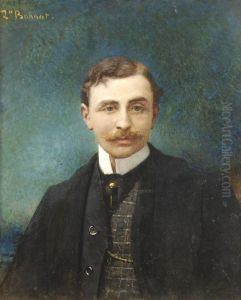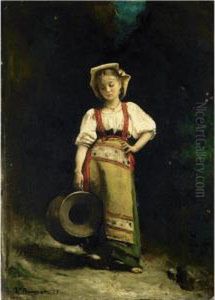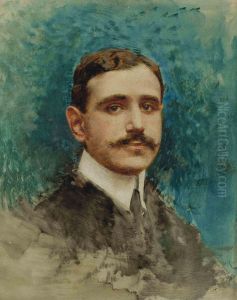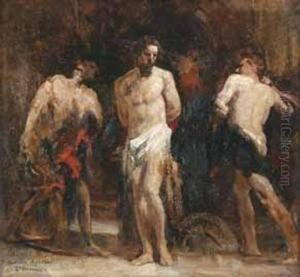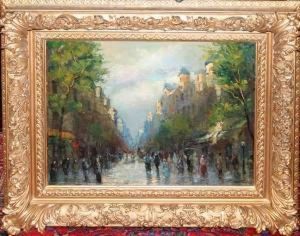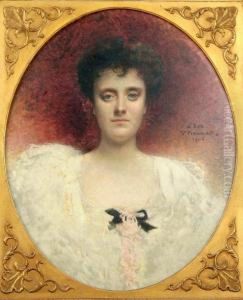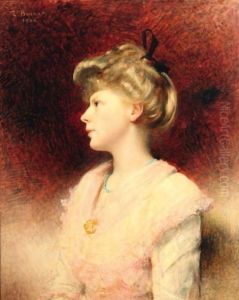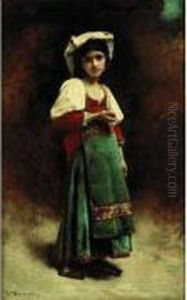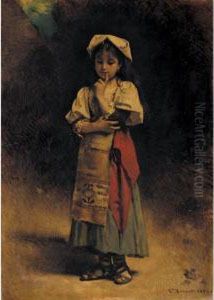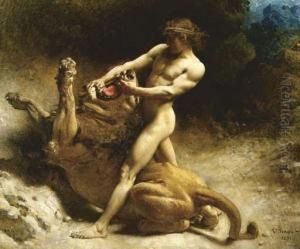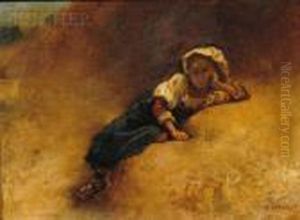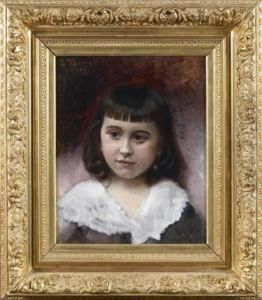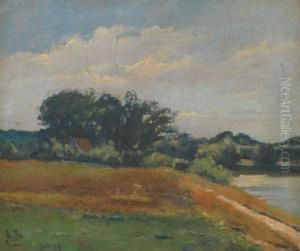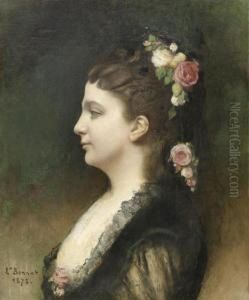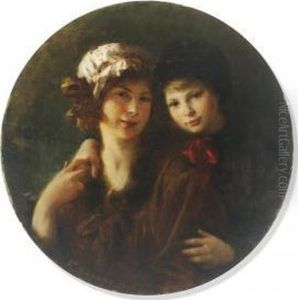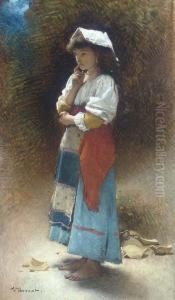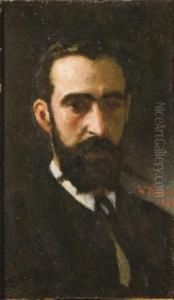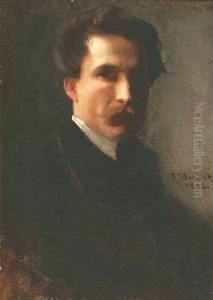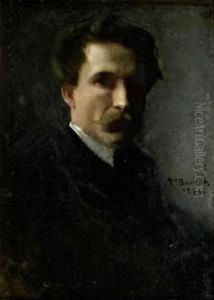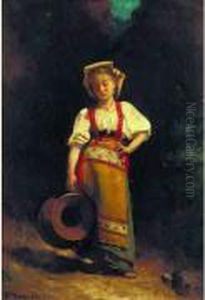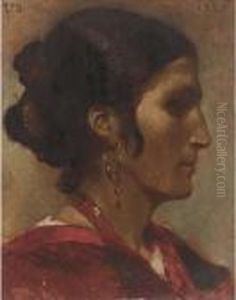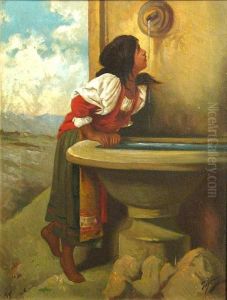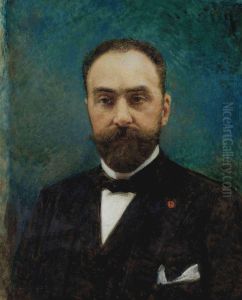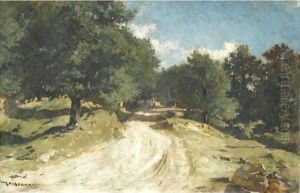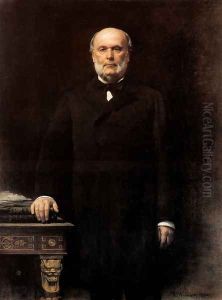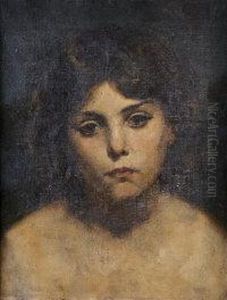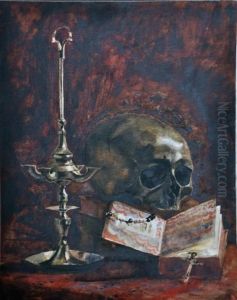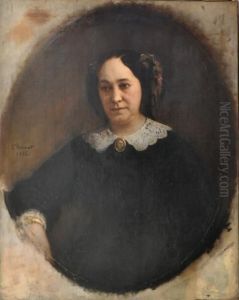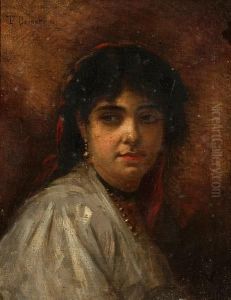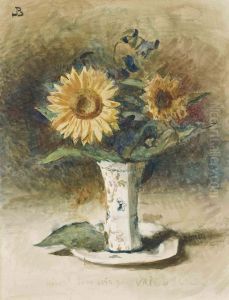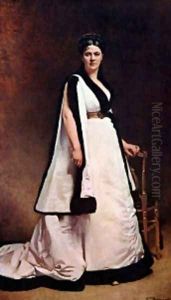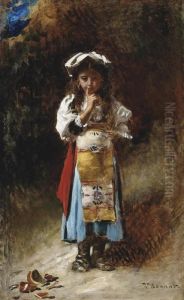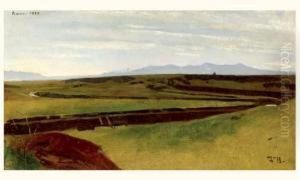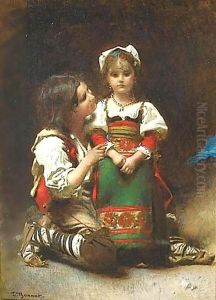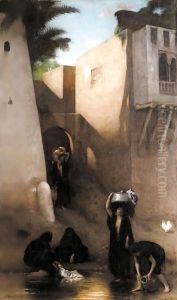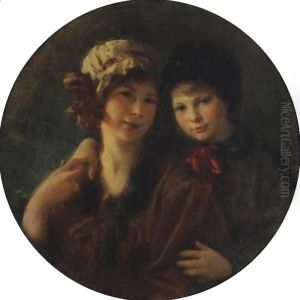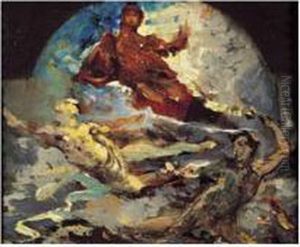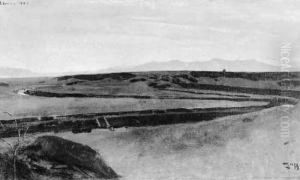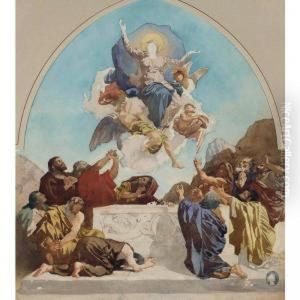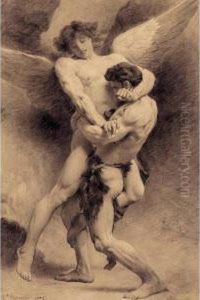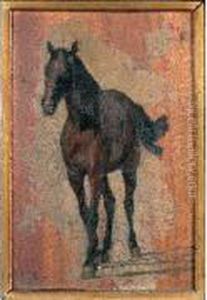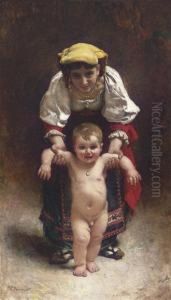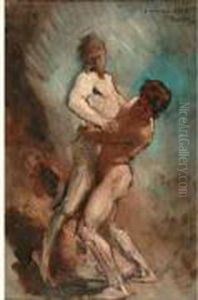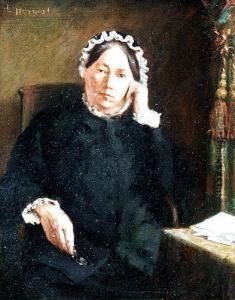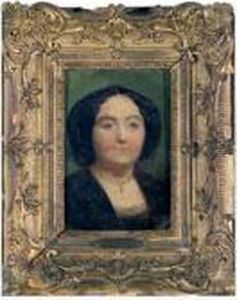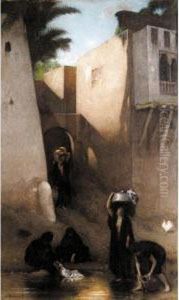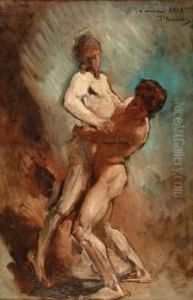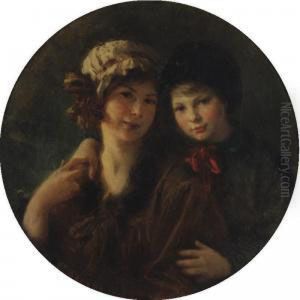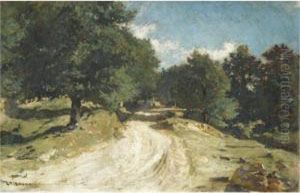Bonnat Leon Paintings
Léon Joseph Florentin Bonnat was a French painter born on June 20, 1833, in Bayonne. He is known for his portraits, historical scenes, and religious works. Bonnat showed an early talent for art and initially studied in Madrid, where he was influenced by the works of Spanish Old Masters, particularly Velázquez and Ribera. In 1846, he moved to Paris to study with the history painter Léon Cogniet.
Bonnat's career took a significant turn when he won the Grand Prix de Rome in 1859, which allowed him to study in Rome at the Villa Medici. During his time in Italy, he was greatly influenced by the Italian Renaissance painters and the Baroque style, which is evident in the dramatic use of light and shadow in his work.
After his return to France, Bonnat established himself as one of the leading portraitists of his time. He became famous for his realistic portraits that captured the character and essence of his sitters, which included notable figures of his day such as Victor Hugo, Louis Pasteur, and Gustave Courbet. His style was characterized by a strong, realistic approach, detailed textures, and a rich palette.
Apart from portraiture, Bonnat also took on significant religious and historical commissions. His work 'The Crucifixion' reflects his skill in depicting human emotion and physical suffering with a profound sense of realism.
Bonnat was also an influential teacher, and in 1883 he was appointed the director of the École des Beaux-Arts in Paris, a position he held until his death. He taught many students who would go on to become prominent artists, including Henri de Toulouse-Lautrec, Georges Braque, and Raoul Dufy.
Léon Bonnat's legacy is marked by his contribution to the academic tradition and the impact he made as a teacher. His works can be found in many major museums across the world. He passed away on September 8, 1922, in Monchy-Saint-Éloi.
